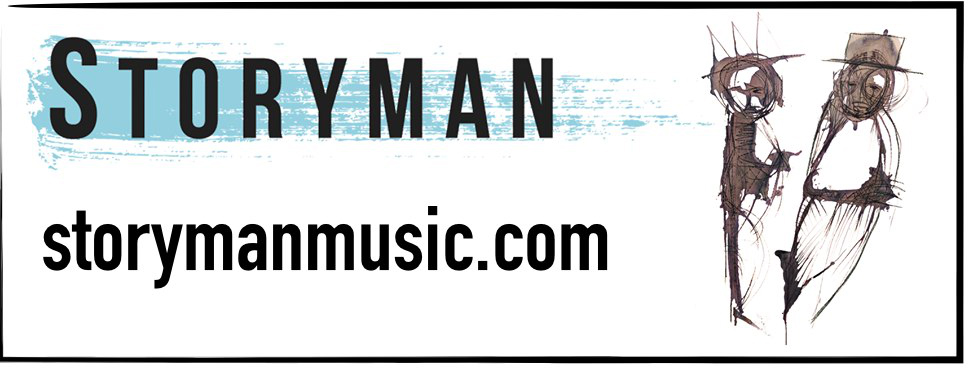SciWorks Radio is a production of 88.5 WFDD and SciWorks, the Science Center and Environmental Park of Forsyth County, located in Winston-Salem. Follow Shawn on Twitter @SCIFitz.
A herd of woolly mammoths thunder into the marsh land to drink and cool themselves on a hot afternoon. As the herd approaches the water, a large female, mother to a young calf, spots a sabertooth cat lurking in the tall grass nearby. In modern times, the great predators would avoid these large mammals. In fact, modern mega-herbivores, like elephants or rhinos, almost never become prey, simply due to their size. It's been assumed that this was true as long as there have been mega-herbivores. But, this notion is being challenged:
Up until 12,000 years ago the herbivores were limited by large carnivores. The ecosystems were different then; they were more complicated. There were more species of carnivores, more species of mega-herbivores, and larger groups of carnivores attacking the mega-herbivores.

Mauricio Anton https://mauricioanton.wordpress.com/
That's Dr. V. Louise Roth, professor of biological sciences at Duke University. In a paper recently published in The Proceedings of The National Academy of Sciences, Dr. Roth and a team from around the country, detailed their study of the impact of large carnivores on ecosystems in the Pleistocene; the geological epoch ranging from 12,000 to two and a half million years ago.
Juvenile herbivores would have been small enough for the carnivores to tackle. And by targeting juveniles, that prevents them from reaching population sizes where they're destroying the environment, and ruining the vegetation that they otherwise would be eating.

Dr. Roth and her team compiled several lines of evidence to support their claim.
To understand the dynamics of populations of these big mammals, we need to look to the fossil record; to the situation in which they evolved originally. There are lots of separate lines of evidence that can be drawn from the fossil record to make these inferences. There are assemblages of baby mammoth skeletons in burrows that sabertooths lived in so there is some evidence that their accumulation there was the work of these big cat relatives. To infer the body sizes of the carnivores and the herbivores we use measurements on those bones and, in the case of the carnivores, the size of the teeth, which are highly related to the body mass of the animal.
The present is the key to the past; that's a principle known as uniformitarianism, and it can apply directly to these animals from the Pleistocene.
In inferring that a sabertooth cat, for instance, might have been able to tackle a baby mammoth, one of our colleagues, Matt Heyward, assembled a very large set of data, over tens of thousands of individual kill records from modern hyper-carnivores, and was able to derive a relationship between how big the prey were to the size of the carnivore that was tackling them. You can tackle larger prey if you're a large carnivore. If predators work in groups they can tackle even larger prey. We use those relationships to infer the size range that the fossil carnivores could have tackled.

Aside from challenging the prevailing theories about the Pleistocene, why put so much effort into reconstructing predator behavior in the distant past?
Understanding the dynamics of past communities is important for considering conservation of species in the present because much of the evolution of modern species took place in a different circumstance. So, knowing how things worked in the Pleistocene, in the distant past, is even important today if we want to preserve modern environments. The more we understand about the dynamics of communities that were more or less stable, in the past, and self-sustaining, that existed for thousands, even hundred of thousands of years in the past, the more we'll be able to understand what is important in the modern remnants of those populations, including the importance of predators in the community and ecosystem.
This Time Round, the theme music for SciWorks Radio, appears as a generous contribution by the band Storyman and courtesy of UFOmusic.com.

300x250 Ad
300x250 Ad
